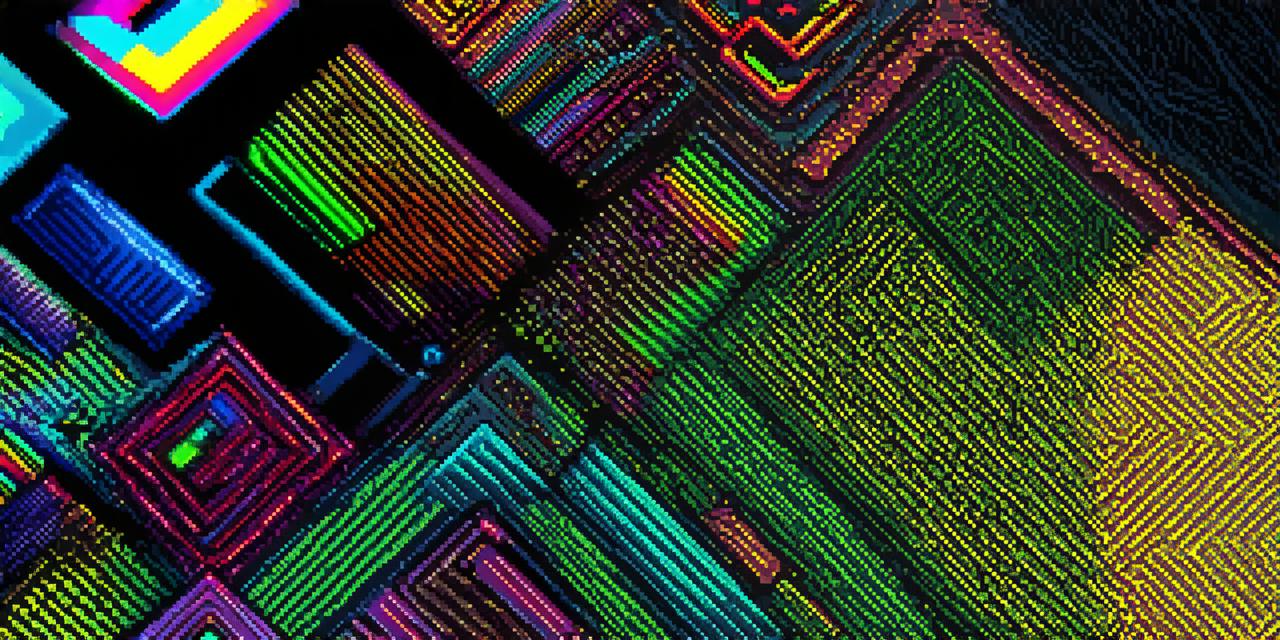In the year 2000, websites were transforming at an unprecedented pace, adapting to the needs of an increasingly digital world.

The Flat Design trend, characterized by minimalistic aesthetics and a focus on functionality, was gaining traction. This design philosophy was exemplified in Microsoft’s revamped MSN interface, which boasted a cleaner, more intuitive layout that appealed to users.
Simultaneously, the Table-based Layout method emerged as a popular choice for web designers. This approach allowed for greater control over the layout of websites, making it easier to create complex designs without relying heavily on CSS.
However, as the complexity of websites grew, so did the need for more flexible and efficient methods, paving the way for the widespread adoption of Cascading Style Sheets (CSS).
The year 2000 also saw a significant increase in Interactivity. JavaScript, a versatile scripting language, gained prominence as it enabled dynamic content and user interactions. Amazon’s ‘Add to Cart’ feature, for instance, revolutionized online shopping by making it more engaging and convenient.
The seeds of the Web 2.0 era were sown in 2000, marking a shift towards user-centric design. Websites like Google and Flickr embraced this trend, focusing on community, collaboration, and personalization. This shift towards user-driven experiences laid the foundation for the social media revolution that was to come.
However, the year was not without its challenges. Slow Load Times were a common complaint due to limited bandwidth and large graphics. To address this issue, techniques like Lazy Loading were developed, where images are loaded only when needed, improving user experience and reducing load times significantly.
Fast forward to today, and we see a world where websites are not just digital billboards but interactive platforms. The evolution of websites in 2000 laid the foundation for this transformation, teaching us the importance of simplicity, interactivity, and user-centric design.
As we look towards the future, let’s remember that every pixel we create today could be a stepping stone for tomorrow’s digital revolution. So, keep innovating, keep pushing boundaries, and above all, keep designing with the user in mind.

FAQs:
1. What was the main design trend in 2000?
The main design trend in 2000 was Flat Design, which focused on simplicity and functionality.
2. Why was JavaScript important in 2000?
JavaScript became important in 2000 as it allowed for dynamic content and user interactions, making websites more engaging and convenient.
3. What is Web 2.0?
Web 2.0 refers to a new level of user-centric design that focuses on community, collaboration, and personalization. Examples include Google and Flickr.
4. Why was Lazy Loading important in 2000?
Lazy Loading became important in 2000 as it addressed the issue of slow load times by only loading images when needed, improving user experience and reducing load times significantly.
